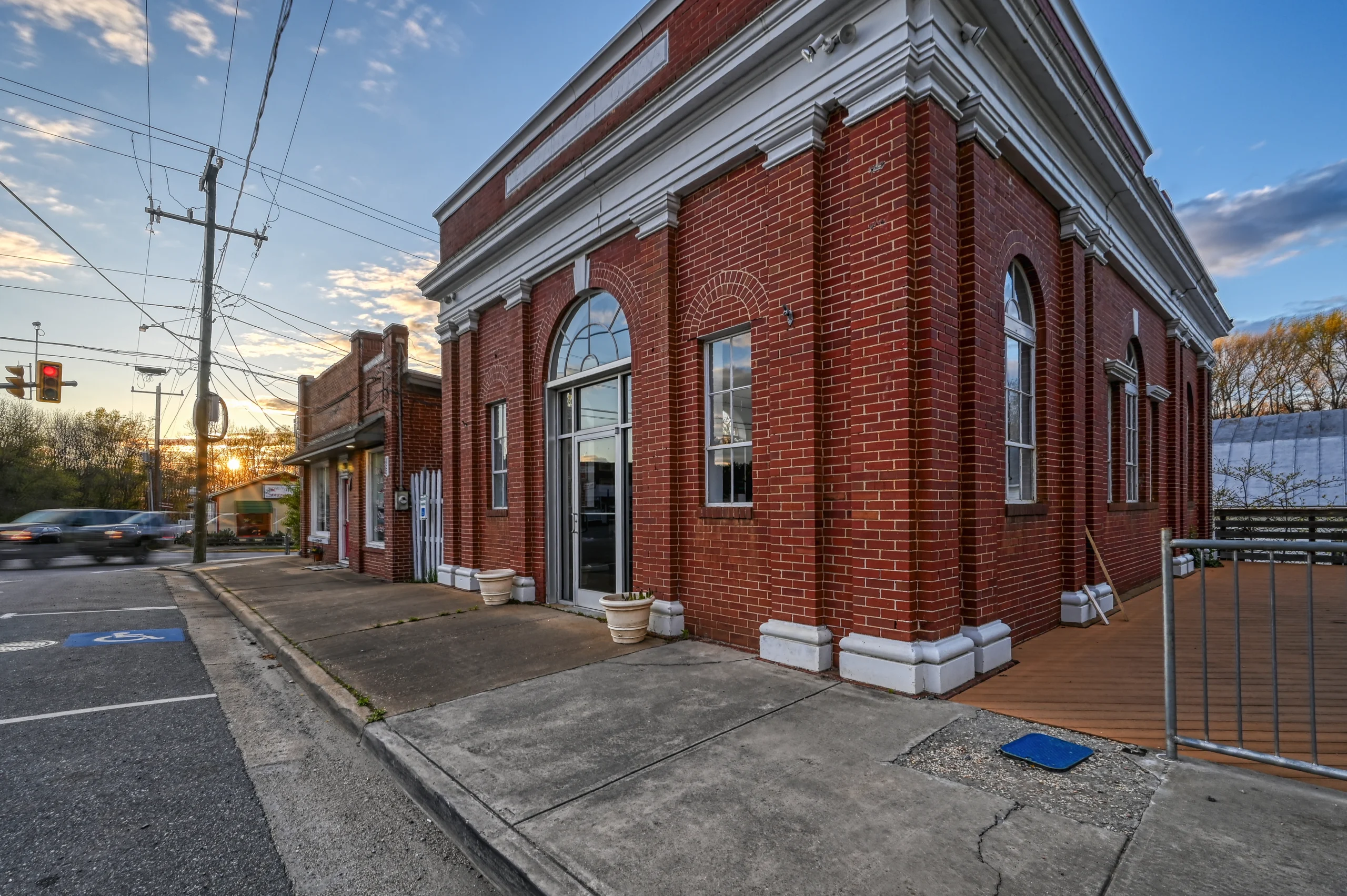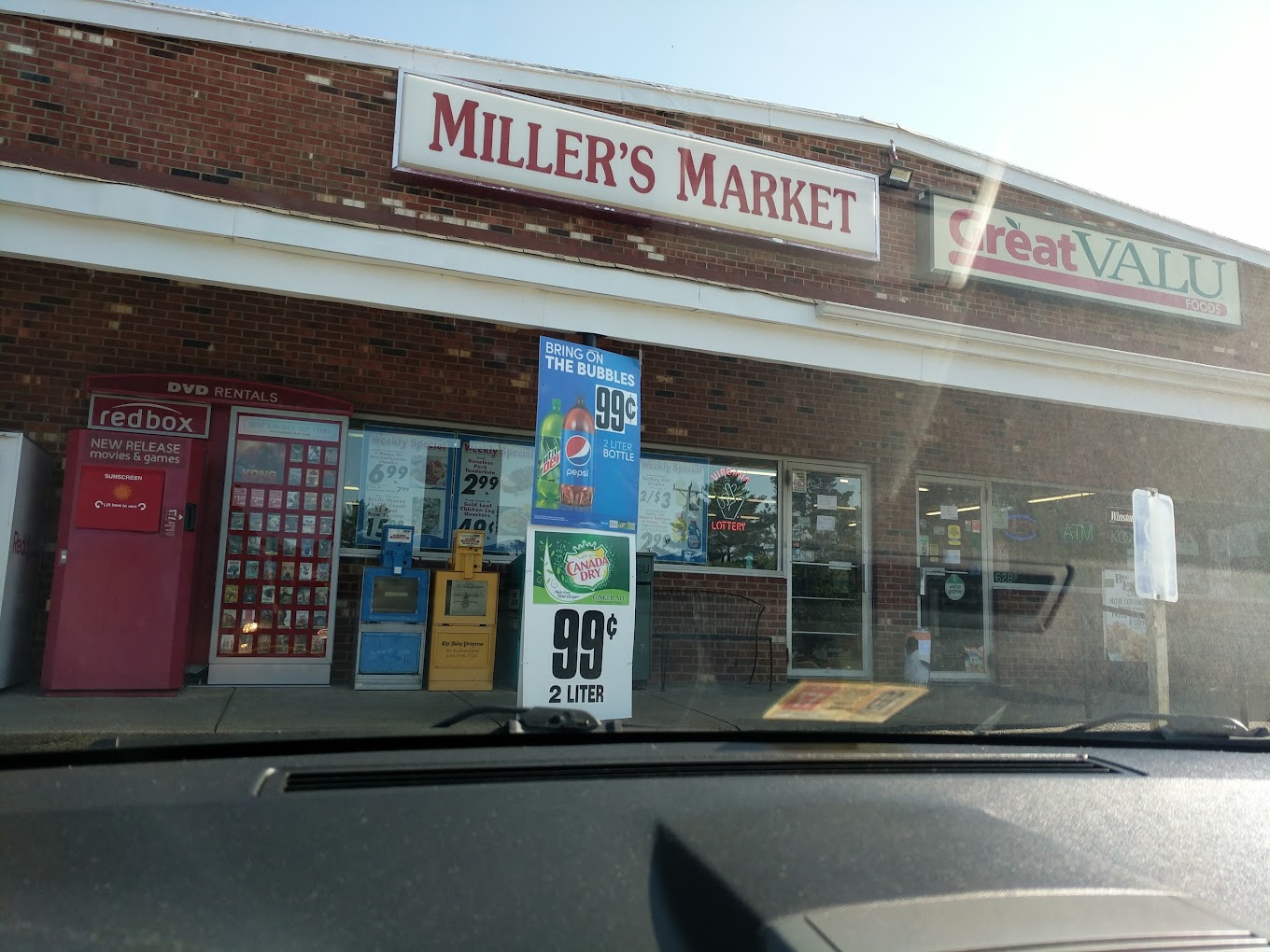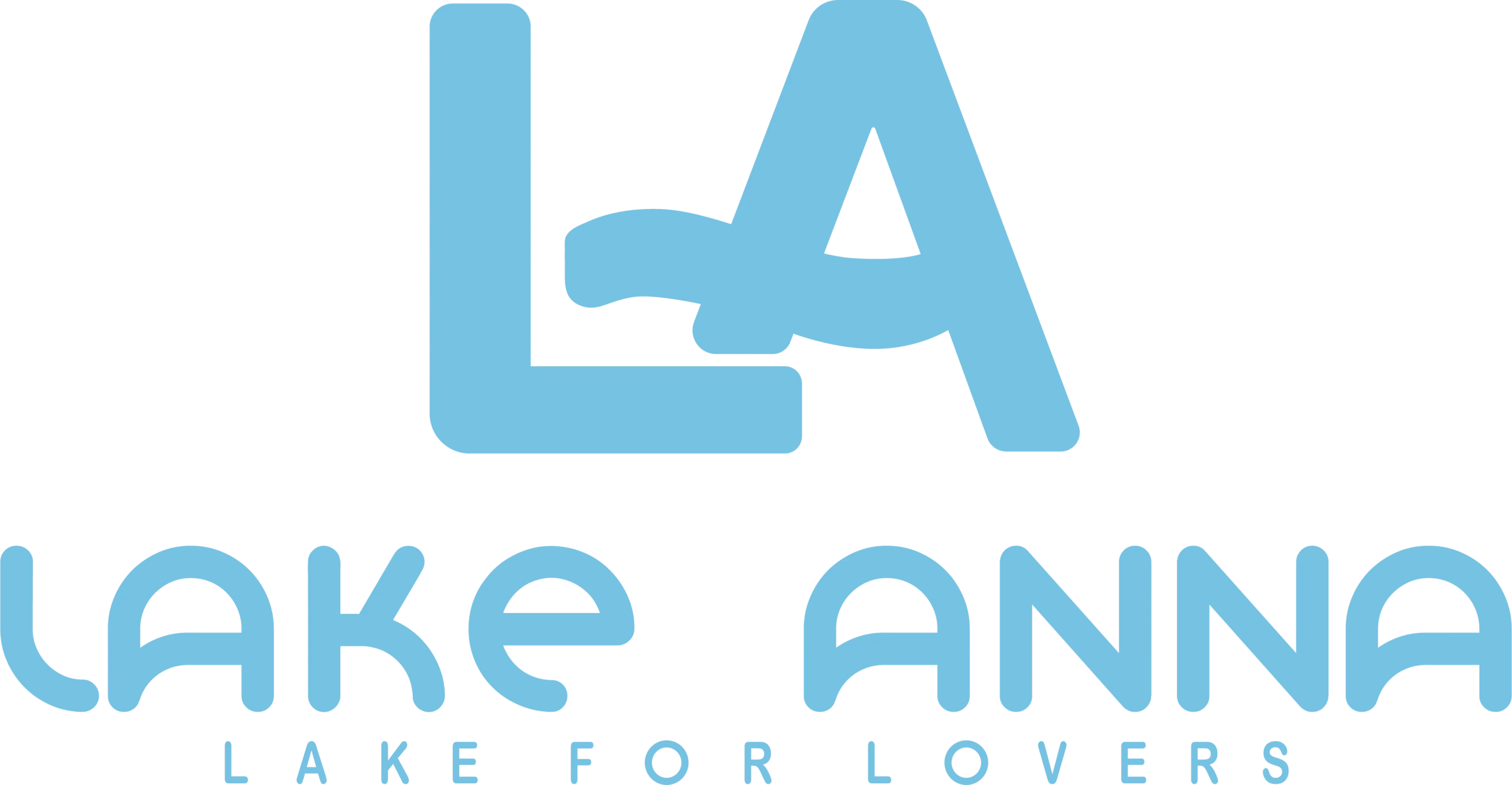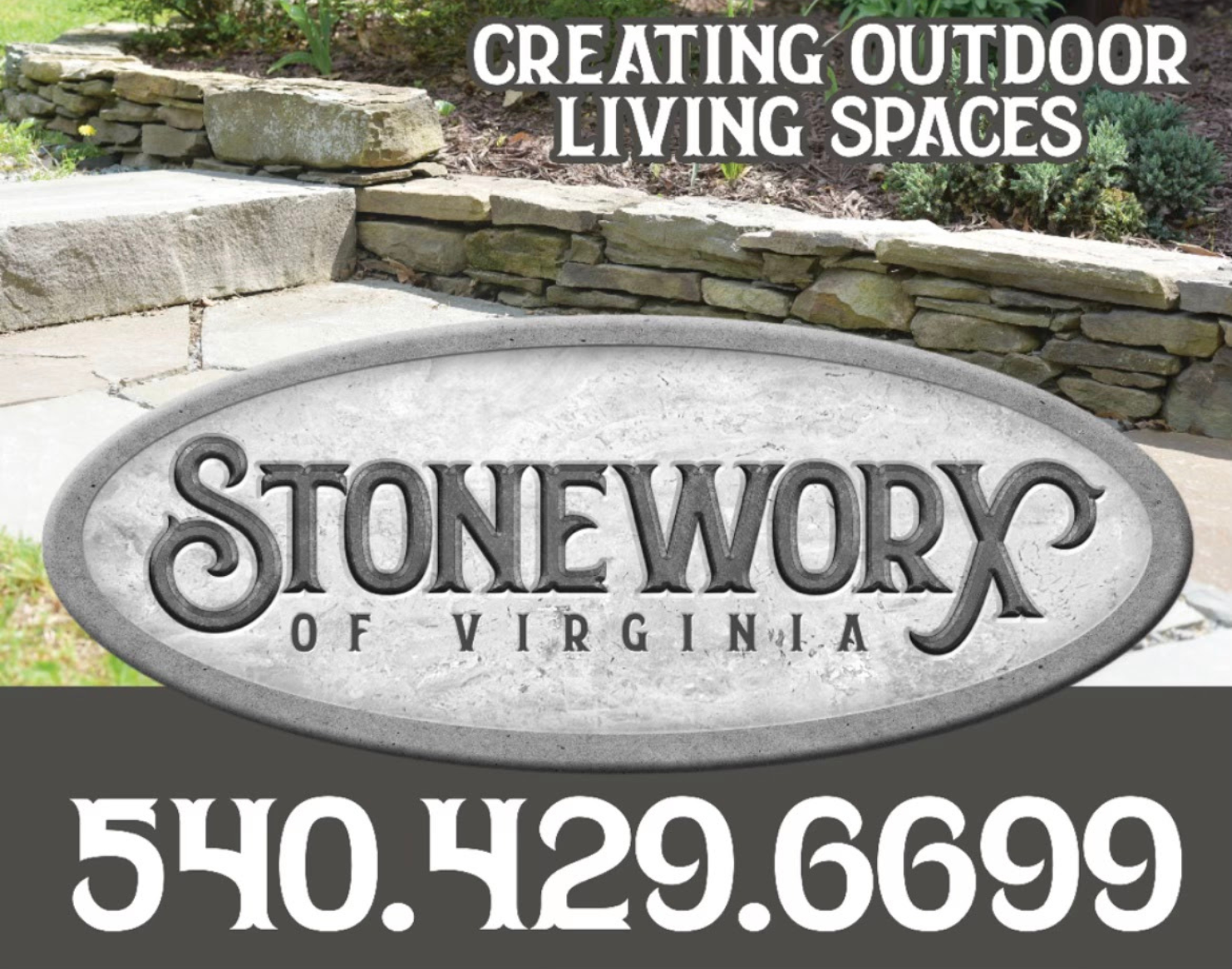
Starting a business is a lot of work. There are so many things you need to do to get your business off the ground… but the one thing you need to ask yourself is… if you build it… will they come?
And if you don’t have the right marketing foundation in place to start turning wheels for you… the answer will probably be no.
The good news is there are 9 simple, but highly effective things every startup AND established business can do immediately to get visibility and get the phone ringing. Ultimately, you want to be visible both online and offline.
Let’s discuss what they are, how to do them, and how much to expect each might cost:
- Name, Phone, Address
- Logo and brand
- Domain name
- Google My Business
- NAP (worksheet)
- Website
- Social media presence
- Local associations & Advertising
- Reviews
1. Name, Address, Phone
This may seem like a no-brainer, but you really can’t move forward until you have these three things.
When choosing a business name, consider what domains are available – you can use Godaddy.com or any other domain registrar provider to look and see what’s up for grabs.
Don’t have a physical location? Sorry, you still need an address and local phone number. Luckily, there are plenty of virtual options for these crucial assets. Google voice, grasshopper, RingCentral… these are just a few examples of phone number providers that can route a business number to any device you like, allowing you to use a professional voicemail and more.
As far as addresses go, you need this to get listed in directories – including Google My Business. You will also need this if you plan to do any email marketing at all. Whether you serve people at your location or not, you need to have a publically available street address. You can get a physical (street) address by using a local coworking space or using something like a digital mailroom for as low as $7/mo. On the more expensive side, you can find a Regis office and get access to meeting rooms and coworking spaces.
Cost
- Phone service: $15/mo average
- Address service: $10/mo average
2. Logo and Brand
A professional logo is important. It will be on your website, business cards, letterhead, and invoices… your brand is the face of your company and needs to look professional. Graphic design and branding services, although one of the more expensive investments, can also be one of the most important investments you can make into the future of your company. A brand represents your values, and can attract – or repulse – the right paying customers.
Starting out, you can literally go to Canva.com and get a pro account for $13 and create a logo yourself. But keep in mind that the drawback with this is when you are ready to really invest in your brand, you will have to go through a rebrand – and you need to stay open to full design changes. In the long run, it is not cost-effective to save money upfront. However, if you have to choose between time, money, and quality – you can get away without hiring a branding agency for a little while.
Remember, launching imperfectly is OK. As long as you are launching.
A graphic designer can also do this for you, and maybe the best next option from DIY… but keep in mind, a graphic designer is not the same thing as a branding agency that knows how to use brand alignment. They know how to make beautiful images, but they don’t necessarily know how to communicate a brand through a logo or business card.
Alternatively, you should consider hiring a professional branding agency that can marry your purpose, vision, and values with a design and message that speak to your ideal customer.
Here at Reclaim, for example, we have a program that we take startups through to define the Why, understand Who their buyers are, and then define the exact message and methods needed to reach them.
Please note, we do not recommend that you use Fiverr for branding services… it is hit or miss and ultimately you will get something second-hand, probably used before.
Cost
- DIY Canva: $13/mo
- Graphic Designer: $300+
- Professional Branding Agency: $3,000+
3. Domain name
Most people know that domain names should be short, memorable, and easy to spell… but here is another piece of advice when buying your domain… reserve it for 5 or more years. If you are looking to get organic search traffic (SEO), then it will give you a little boost if your domain name appears older.
You can buy domains from Godaddy or any other provider – ultimately, a .com is the best choice. Although times have changed, a .net or .biz still don’t appear to be as professional or legit as a .com. A .org is reserved for organizations – so if you are a nonprofit, charity, or cause, then go for it.
If possible, purchase all of the variations of your domain (for a year at a time). You don’t want to compete with someone else for your name in search engines, do you?
Once you’ve claimed your domain name, you can also set up a professional email address. We recommend Google business suite, which costs $12/user/month.
Cost
- The domain name from Godaddy for 5 years: $80
- Each additional domain: $12/year on average
- Google Business Email: $12/user/mo
4. Google My Business
Probably the #1 most important (and free!) action you can take for yourself is getting signed up with Google My Business. It’s easy, just go to business.google.com and claim your listing – you do have to have a phone number and address ready to go, and it’s best to also have a description, logo, and some photos ready (the more photos the better!)
Here’s a deep dive into how you can use Google My Business
Cost: Free
5. NAP
No, this doesn’t mean take a break and go snooze mid-afternoon. NAP is an acronym for Name, Address, and Phone number, and is a term used by marketers to describe submitting your information to directories. As the yellow pages have evolved to the web, directories have popped up all over the internet.
The best part about directories is that they help improve your SEO by giving you citations (or links) back to your website, and they help people find you who are searching for businesses like yours in their local area.
There are two types of directories – niche and general. Niche directories are just what they sound like – it’s a directory specific to businesses like yours, such as roofers or wedding planners. These are great because when someone is looking for exactly what you do, you want to be listed where they will find you easily without scrolling through pages and pages of other random businesses.
On the other hand, general directories are broader and include all kinds of businesses in one place – think Yelp, Angie’s List, or Yellowpages.com.
The trick with directories is to be as consistent as possible – use the same NAP information on every directory you submit to, and make sure it’s accurate!
Submitting your business to directories can be time-consuming, so it’s incredibly valuable to use a local directory service to do it for you. Most services are going to charge you either a monthly or annual fee. Yext is one of the more well-known submission platforms, and charges upwards of $400/year. Brightlocal is a loser to $300/year but doesn’t have as many directories, however, it does have a citation building tool for an extra fee.
Do you want Reclaim to submit your listings for you? As a one-time courtesy, we will save you a couple of hundred bucks and do it for $99. You can book us for a free discovery session and we can get that set up. Of course, we will probably try and pitch you some other amazing services, but hey… it will be worth it
Cost:
- Yext: $399/year
- Reclaim: $399 one-time *includes GMB optimization
6. Website
Your website doesn’t have to be fancy – in fact, it shouldn’t be. Readers only consume 20% of the content, anyway. So keep it simple and easy to navigate. Think about what kind of information someone would be looking for when they visit your site, and make sure it’s easy for them to find. There are plenty of low-cost website options if you are starting out on a tight budget, but I promise that Wix and Godaddy are not permanent solutions. If you are offering e-commerce, take a look at Shopify. Otherwise, you will want to explore the options available for your specific needs… WordPress, Duda, Hubspot, even Kajabi… it just depends on what you need it to do.
When making a decision, you will need to factor in hosting, upkeep and any marketing talent to complete the job, such as designers, copywriters, SEOs, developers, etc… or you can just Contact us for a discovery session and we’ll let you know what the best solution is for you.
Cost: Varies
7. Social media presence
You don’t need to be on every social media platform. Just pick two or three that make the most sense for your business, and focus on those. For example, if you are a B-to-C company targeting millennials, you’ll want to be on Instagram and Snapchat. If you are B-to-B, LinkedIn is probably your best bet. And if you are selling a physical product, Facebook should definitely be in your mix.
The key with social media is to actually use it – posting randomly when you feel like it will not get you results. You need to have a strategy and stick to it. If that seems daunting, there are plenty of people who can help with that part.
Start by filling out your profiles completely and post regularly.
Cost: free
8. Local Associations & Advertising
Local associations, chamber of commerce and networking groups are a great way to get involved in your community and meet other business owners. Many of them have marketing committees or events that you can get involved with, and some even offer discounts on marketing services.
Cost: Varies
9. Reviews
Last but not least, reviews are incredibly important, especially if you are a local business. Google and Facebook reviews both factor into your ranking on search engines, so the more you have, the better. You can’t just sit back and wait for people to leave reviews – you need to be proactive about it.
The best way to get started is by asking your current customers or clients to review you. You can send them an email or include a note with their receipt/invoice. Just make sure you make it easy for them by providing a link directly to your review page.
Cost: free

Hi! I’m Jennifer Bailey and I partner with entrepreneurs who have massive ideas that could change the world. Most marketing is meaningless. Filled with empty promises, its only job is to bring in new traffic, new leads, and new customers. But I’ve drawn a line in the sand, and I’ve learned that marketing can do so much more than reach business goals and build profit. My methods give businesses the fire and soul they need to reach the right people, set the groundwork for sustainable relationships, and offer true value to the people on both the giving and receiving ends of marketing.
Subscribe for Updates
Sponsors
latest articles
“Mineral Deserves Better” Vice Mayor Chapman Calls for Accountability, Addresses Concerns Facing Mineral

Miller’s Market Gas Pumps Controversy Continues; Town of Mineral Delays Construction

33rd Annual Orange Uncorked Wine Festival: A Celebration of Virginia’s Finest Wines

From Lake Anna to the World’s Stage: Huntley’s Voice Echos into Triumph

Aliens are Real [Letter from the Editor]
![Featured image for “Aliens are Real [Letter from the Editor]”](https://lakeanna.online/wp-content/uploads/2024/04/LAMG-Social-Media-Template-Set-Landscape-4.png)
One Leash, Two Lives: Former Marine Finds New Mission to Save Lives through Service Dogs

Starting a business is a lot of work. There are so many things you need to do to get your business off the ground… but the one thing you need to ask yourself is… if you build it… will they come?
And if you don’t have the right marketing foundation in place to start turning wheels for you… the answer will probably be no.
The good news is there are 9 simple, but highly effective things every startup AND established business can do immediately to get visibility and get the phone ringing. Ultimately, you want to be visible both online and offline.
Let’s discuss what they are, how to do them, and how much to expect each might cost:
- Name, Phone, Address
- Logo and brand
- Domain name
- Google My Business
- NAP (worksheet)
- Website
- Social media presence
- Local associations & Advertising
- Reviews
1. Name, Address, Phone
This may seem like a no-brainer, but you really can’t move forward until you have these three things.
When choosing a business name, consider what domains are available – you can use Godaddy.com or any other domain registrar provider to look and see what’s up for grabs.
Don’t have a physical location? Sorry, you still need an address and local phone number. Luckily, there are plenty of virtual options for these crucial assets. Google voice, grasshopper, RingCentral… these are just a few examples of phone number providers that can route a business number to any device you like, allowing you to use a professional voicemail and more.
As far as addresses go, you need this to get listed in directories – including Google My Business. You will also need this if you plan to do any email marketing at all. Whether you serve people at your location or not, you need to have a publically available street address. You can get a physical (street) address by using a local coworking space or using something like a digital mailroom for as low as $7/mo. On the more expensive side, you can find a Regis office and get access to meeting rooms and coworking spaces.
Cost
- Phone service: $15/mo average
- Address service: $10/mo average
2. Logo and Brand
A professional logo is important. It will be on your website, business cards, letterhead, and invoices… your brand is the face of your company and needs to look professional. Graphic design and branding services, although one of the more expensive investments, can also be one of the most important investments you can make into the future of your company. A brand represents your values, and can attract – or repulse – the right paying customers.
Starting out, you can literally go to Canva.com and get a pro account for $13 and create a logo yourself. But keep in mind that the drawback with this is when you are ready to really invest in your brand, you will have to go through a rebrand – and you need to stay open to full design changes. In the long run, it is not cost-effective to save money upfront. However, if you have to choose between time, money, and quality – you can get away without hiring a branding agency for a little while.
Remember, launching imperfectly is OK. As long as you are launching.
A graphic designer can also do this for you, and maybe the best next option from DIY… but keep in mind, a graphic designer is not the same thing as a branding agency that knows how to use brand alignment. They know how to make beautiful images, but they don’t necessarily know how to communicate a brand through a logo or business card.
Alternatively, you should consider hiring a professional branding agency that can marry your purpose, vision, and values with a design and message that speak to your ideal customer.
Here at Reclaim, for example, we have a program that we take startups through to define the Why, understand Who their buyers are, and then define the exact message and methods needed to reach them.
Please note, we do not recommend that you use Fiverr for branding services… it is hit or miss and ultimately you will get something second-hand, probably used before.
Cost
- DIY Canva: $13/mo
- Graphic Designer: $300+
- Professional Branding Agency: $3,000+
3. Domain name
Most people know that domain names should be short, memorable, and easy to spell… but here is another piece of advice when buying your domain… reserve it for 5 or more years. If you are looking to get organic search traffic (SEO), then it will give you a little boost if your domain name appears older.
You can buy domains from Godaddy or any other provider – ultimately, a .com is the best choice. Although times have changed, a .net or .biz still don’t appear to be as professional or legit as a .com. A .org is reserved for organizations – so if you are a nonprofit, charity, or cause, then go for it.
If possible, purchase all of the variations of your domain (for a year at a time). You don’t want to compete with someone else for your name in search engines, do you?
Once you’ve claimed your domain name, you can also set up a professional email address. We recommend Google business suite, which costs $12/user/month.
Cost
- The domain name from Godaddy for 5 years: $80
- Each additional domain: $12/year on average
- Google Business Email: $12/user/mo
4. Google My Business
Probably the #1 most important (and free!) action you can take for yourself is getting signed up with Google My Business. It’s easy, just go to business.google.com and claim your listing – you do have to have a phone number and address ready to go, and it’s best to also have a description, logo, and some photos ready (the more photos the better!)
Here’s a deep dive into how you can use Google My Business
Cost: Free
5. NAP
No, this doesn’t mean take a break and go snooze mid-afternoon. NAP is an acronym for Name, Address, and Phone number, and is a term used by marketers to describe submitting your information to directories. As the yellow pages have evolved to the web, directories have popped up all over the internet.
The best part about directories is that they help improve your SEO by giving you citations (or links) back to your website, and they help people find you who are searching for businesses like yours in their local area.
There are two types of directories – niche and general. Niche directories are just what they sound like – it’s a directory specific to businesses like yours, such as roofers or wedding planners. These are great because when someone is looking for exactly what you do, you want to be listed where they will find you easily without scrolling through pages and pages of other random businesses.
On the other hand, general directories are broader and include all kinds of businesses in one place – think Yelp, Angie’s List, or Yellowpages.com.
The trick with directories is to be as consistent as possible – use the same NAP information on every directory you submit to, and make sure it’s accurate!
Submitting your business to directories can be time-consuming, so it’s incredibly valuable to use a local directory service to do it for you. Most services are going to charge you either a monthly or annual fee. Yext is one of the more well-known submission platforms, and charges upwards of $400/year. Brightlocal is a loser to $300/year but doesn’t have as many directories, however, it does have a citation building tool for an extra fee.
Do you want Reclaim to submit your listings for you? As a one-time courtesy, we will save you a couple of hundred bucks and do it for $99. You can book us for a free discovery session and we can get that set up. Of course, we will probably try and pitch you some other amazing services, but hey… it will be worth it
Cost:
- Yext: $399/year
- Reclaim: $399 one-time *includes GMB optimization
6. Website
Your website doesn’t have to be fancy – in fact, it shouldn’t be. Readers only consume 20% of the content, anyway. So keep it simple and easy to navigate. Think about what kind of information someone would be looking for when they visit your site, and make sure it’s easy for them to find. There are plenty of low-cost website options if you are starting out on a tight budget, but I promise that Wix and Godaddy are not permanent solutions. If you are offering e-commerce, take a look at Shopify. Otherwise, you will want to explore the options available for your specific needs… WordPress, Duda, Hubspot, even Kajabi… it just depends on what you need it to do.
When making a decision, you will need to factor in hosting, upkeep and any marketing talent to complete the job, such as designers, copywriters, SEOs, developers, etc… or you can just Contact us for a discovery session and we’ll let you know what the best solution is for you.
Cost: Varies
7. Social media presence
You don’t need to be on every social media platform. Just pick two or three that make the most sense for your business, and focus on those. For example, if you are a B-to-C company targeting millennials, you’ll want to be on Instagram and Snapchat. If you are B-to-B, LinkedIn is probably your best bet. And if you are selling a physical product, Facebook should definitely be in your mix.
The key with social media is to actually use it – posting randomly when you feel like it will not get you results. You need to have a strategy and stick to it. If that seems daunting, there are plenty of people who can help with that part.
Start by filling out your profiles completely and post regularly.
Cost: free
8. Local Associations & Advertising
Local associations, chamber of commerce and networking groups are a great way to get involved in your community and meet other business owners. Many of them have marketing committees or events that you can get involved with, and some even offer discounts on marketing services.
Cost: Varies
9. Reviews
Last but not least, reviews are incredibly important, especially if you are a local business. Google and Facebook reviews both factor into your ranking on search engines, so the more you have, the better. You can’t just sit back and wait for people to leave reviews – you need to be proactive about it.
The best way to get started is by asking your current customers or clients to review you. You can send them an email or include a note with their receipt/invoice. Just make sure you make it easy for them by providing a link directly to your review page.
Cost: free

Hi! I’m Jennifer Bailey and I partner with entrepreneurs who have massive ideas that could change the world. Most marketing is meaningless. Filled with empty promises, its only job is to bring in new traffic, new leads, and new customers. But I’ve drawn a line in the sand, and I’ve learned that marketing can do so much more than reach business goals and build profit. My methods give businesses the fire and soul they need to reach the right people, set the groundwork for sustainable relationships, and offer true value to the people on both the giving and receiving ends of marketing.
Subscribe for Updates
Sponsors
latest articles
“Mineral Deserves Better” Vice Mayor Chapman Calls for Accountability, Addresses Concerns Facing Mineral

Miller’s Market Gas Pumps Controversy Continues; Town of Mineral Delays Construction

33rd Annual Orange Uncorked Wine Festival: A Celebration of Virginia’s Finest Wines

From Lake Anna to the World’s Stage: Huntley’s Voice Echos into Triumph

Aliens are Real [Letter from the Editor]
![Featured image for “Aliens are Real [Letter from the Editor]”](https://lakeanna.online/wp-content/uploads/2024/04/LAMG-Social-Media-Template-Set-Landscape-4.png)
One Leash, Two Lives: Former Marine Finds New Mission to Save Lives through Service Dogs


“Mineral Deserves Better” Vice Mayor Chapman Calls for Accountability, Addresses Concerns Facing Mineral
Article By Jen Bailey

Miller’s Market Gas Pumps Controversy Continues; Town of Mineral Delays Construction
Article By Debbie Moon







